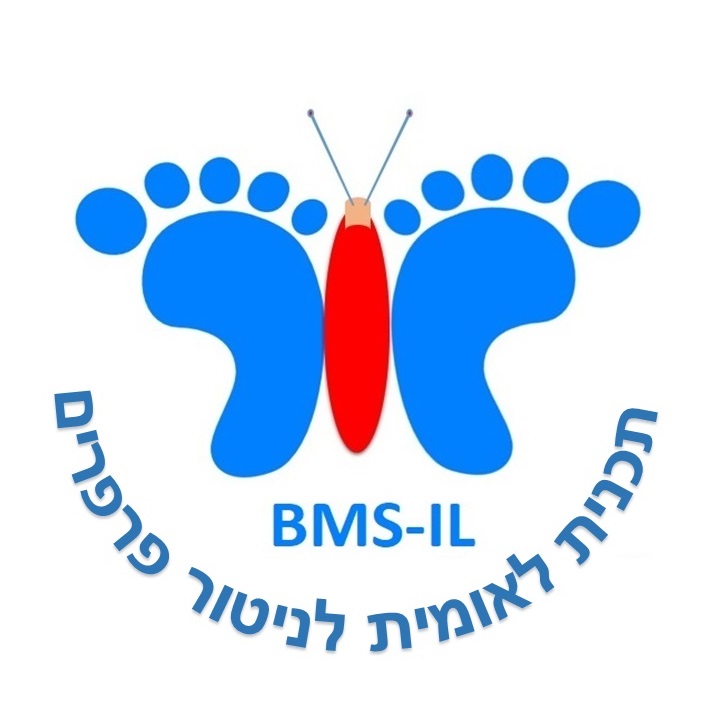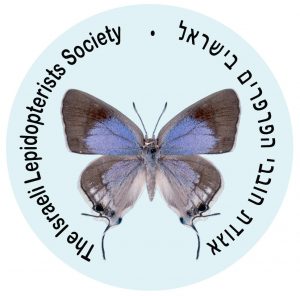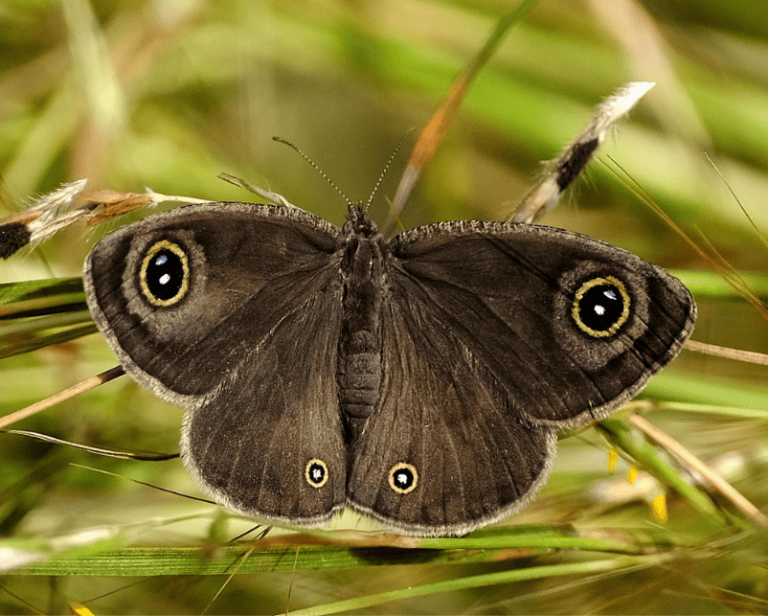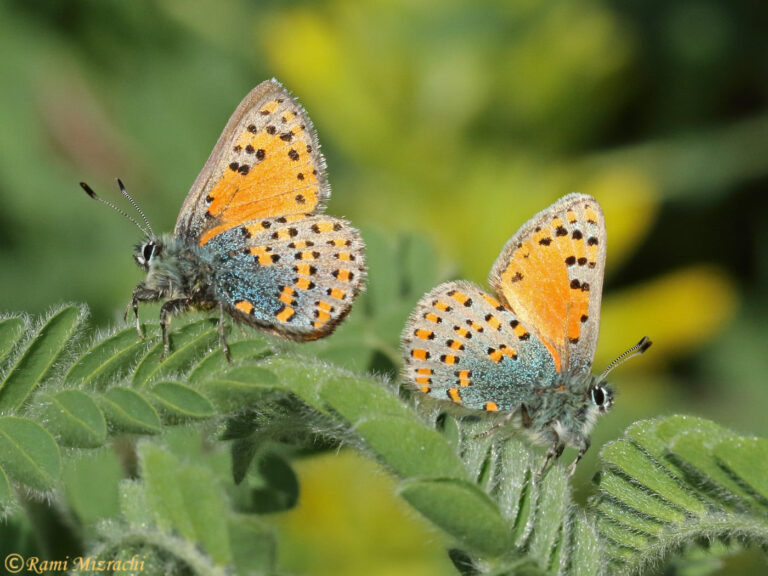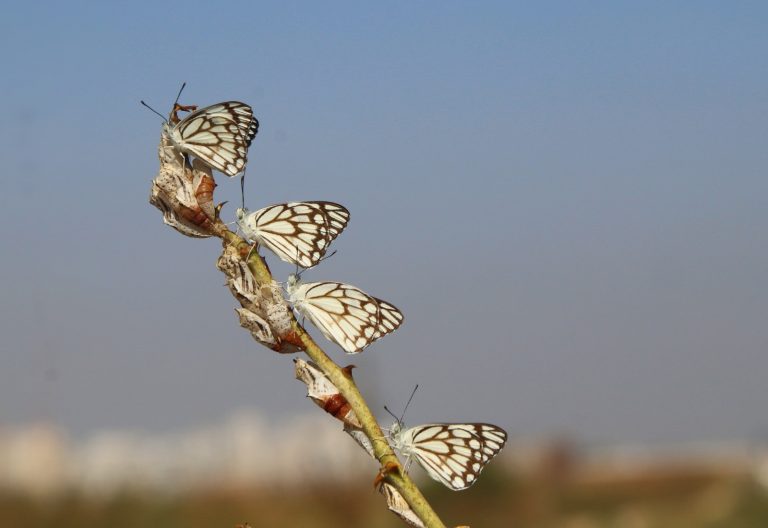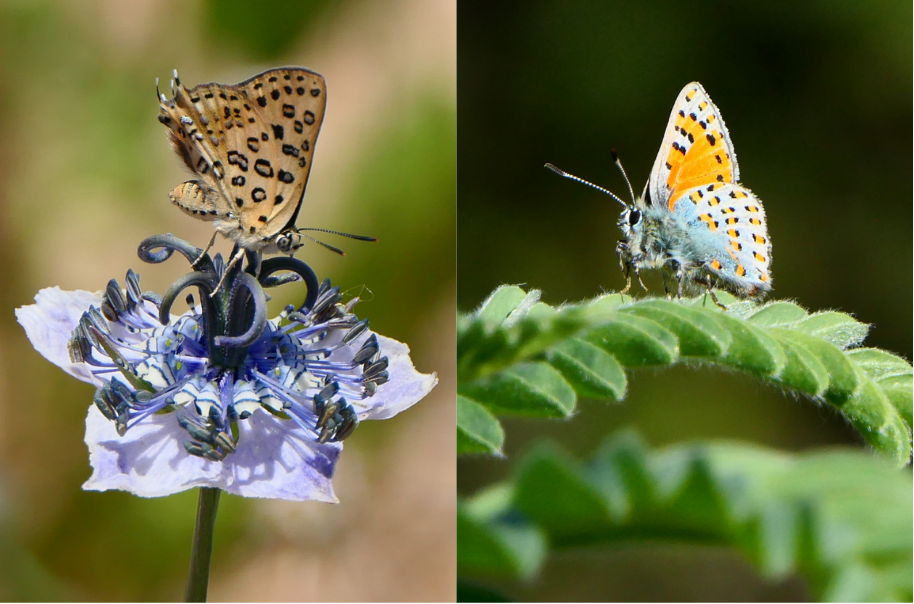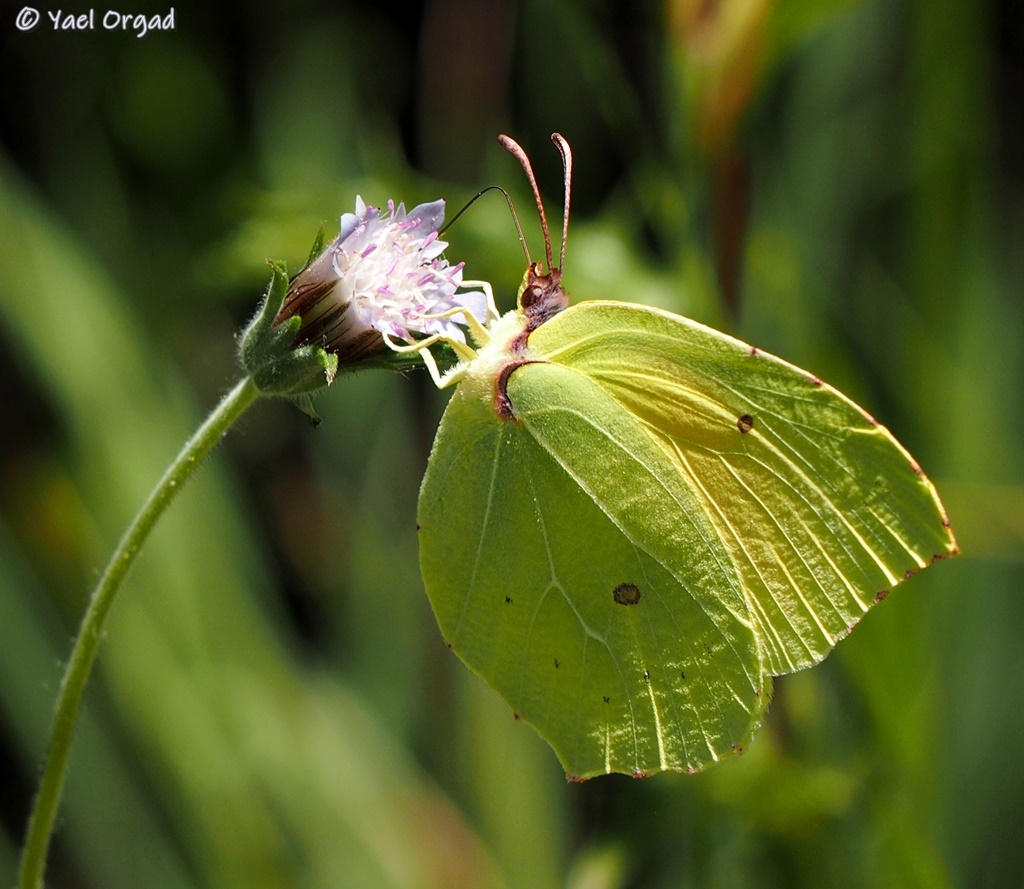The monitoring program collaborates closely and over the long term with the Steinhardt Museum of Natural History and HaMaarag (Israel’s National Ecosystem Assessment Program) on research and publications, as well as with nature conservation agencies in Israel such as the Israel Nature and Parks Authority and the Society for the Protection of Nature in Israel. Behind every observation reported via the app and sent through the information system to researchers are decades of sweat, knowledge, and life’s work contributed by Israel’s leading butterfly experts, data managers, scientists, and citizen science activists.
The vast amount of data collected in the butterfly monitoring databases continues to serve researchers and inform many studies and scientific papers. Nature surveys conducted by various organizations also make use of the data stored in the butterfly databases. The butterfly analysis for the Red Book chapter, led by HaMaarag, drew upon all three pillars of this citizen science initiative: butterfly experts, the scientific team, and high-quality data. For the 2023 State of Nature report, a record number of over a quarter-million butterfly observations were submitted.

